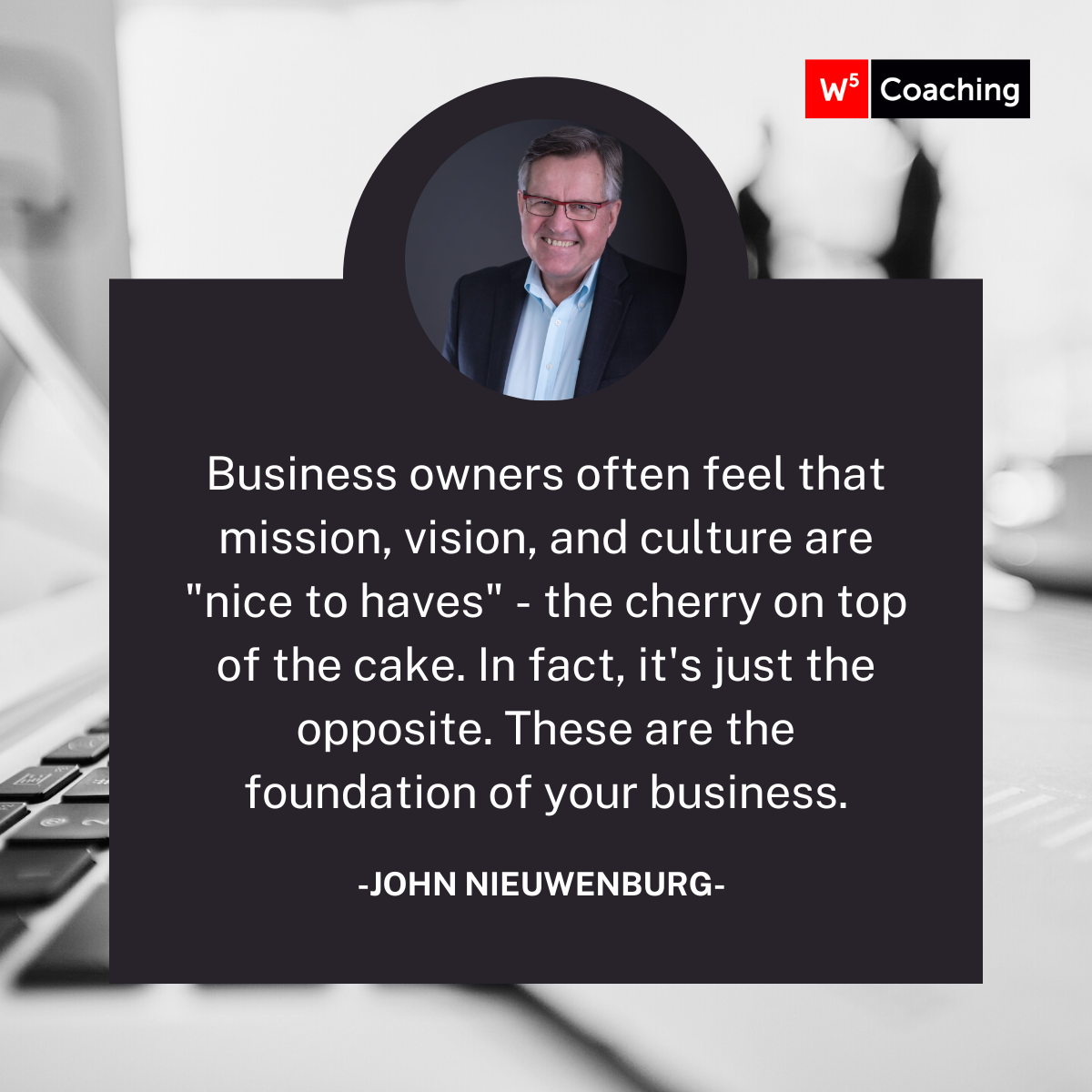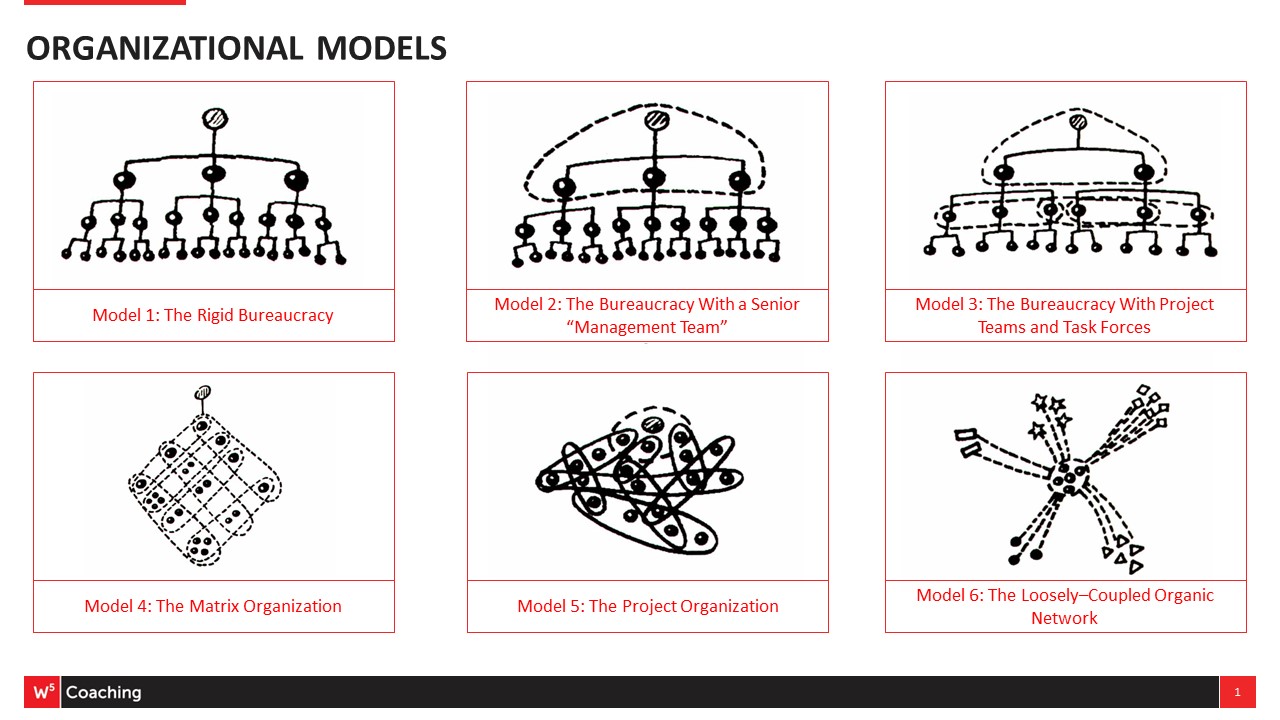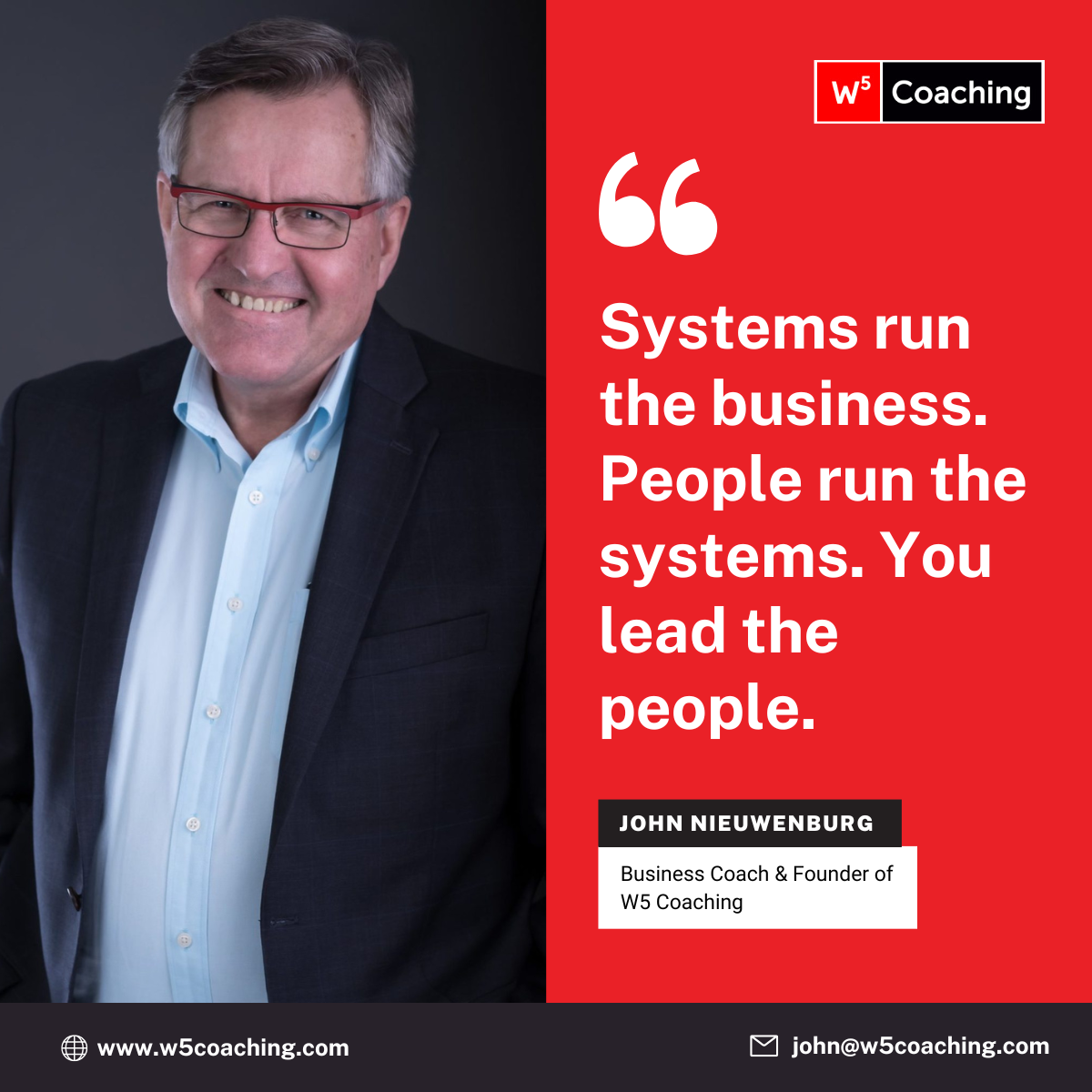How to Build a Winning Team

The essence of team building and management is getting the right people, doing the right things, right.
When you have a great team in place, you set your business up for:
- Increased productivity and efficiency
- Reduced turnover and absenteeism
- Better engagement, teamwork, and collaboration
- Increased customer satisfaction and brand reputation
- The ability to grow and scale
Perhaps most importantly, a great team gives you a business that can mostly run without you.
Which means you can get home at a reasonable hour, take weekends off, and even go on vacation once in a while.
The essence of team building and management is getting the right people, doing the right things, right.
There are 3 pillars to doing this effectively:
- Strategic Direction: your vision, mission, culture, and strategic plan
- People Strategy: organizational chart, position descriptions, performance appraisal process, team meeting rhythm, and team building system
- Management Strategy: action plans, KPIs, operations and training manuals
Let’s unpack that a bit.
Pillar #1 Strategic Direction
The primary goal of a strategic plan is to get everybody on the same page.
Leadership is 1% vision 99% alignment.
A vision is a shared dream that everyone in the organization aspires to achieve.
Martin Luther King Jr. had a vision that his four children would live in a world where they wouldn’t be judged by the color of their skin, but by the content of their character.
A vision is a powerful tool for bringing people together and getting everyone on the same page so that we can all work towards a common goal.
Once you have a vision, you need a mission to achieve it.
 The mission is the roadmap that outlines how you will get to your destination.
The mission is the roadmap that outlines how you will get to your destination.
A famous example of a mission is from the television show Star Trek, where the mission of the starship Enterprise is to explore strange new worlds, to seek out new life and new civilizations, and to boldly go where no man has gone before.
A mission provides a clear direction for everyone to follow so that everyone is working towards the same goals and objectives.
Culture is the rules of the game that dictate how people treat each other, customers, and suppliers.
A positive culture is critical for success, and it starts with the leaders setting the tone.
Bill Walsh, a well-known coach, said it best when he said, “the culture precedes positive results.”
If you get the culture right, everything else will fall into place.
Your strategic plan outlines what success looks like
What is our roadmap? What’s the blueprint for the future? What are we trying to get done together?
From there, you can develop a 90 day plan.
Then week by week, you make it happen.
Every 90 days, stop, take a look around what got done, what didn’t get done, what still needs to be done.
Pillar #2 People Strategy
Your people strategy that ensures everyone knows their role and is working together effectively.
Create an organizational chart that clearly outlines how everyone fits together.
Organizational structures don’t have to be rigid command and control versions.
Today, effective organizational structures are those that are suitable for the environment and are efficient.

Once everyone knows how they fit together, the next step is creating position descriptions.
Positions descriptions help to identify the performance standards and skills necessary for each role, providing clarity and guidance to everyone in the organization.
The next critical element of a people strategy is performance appraisals and incentive programs.
Performance appraisals allow individuals to receive critical feedback and support, which helps them to understand how they’re doing and what they need to do to improve.
Feedback and coaching are essential to help people grow and improve.
Compensation should be performance-based, at least in part, to encourage individuals to focus on achieving their objectives.
The key is to make sure that incentives align with the organization’s goals and values.
Regular meetings, including daily huddles, weekly meetings, monthly, quarterly, and annual planning meetings, help ensure that everyone is pulling in the same direction.
Establishing a rhythm for communication and collaboration helps to minimize hub and spoke management, where everything must go through the boss.
When everyone is on the same page and working together, it helps the business to achieve its goals more efficiently.
Understanding people’s preferred behavioural and decision-making styles is critical to creating an effective people strategy.
The DiSC tool is a powerful way to help individuals understand their own and others’ styles.
This tool helps individuals to adapt their communication and behaviour to be more effective with different people.
By recognizing different styles and adapting, individuals can work together more effectively and achieve better outcomes.
Ultimately, the goal of a people strategy is to ensure that everyone in the organization is working together, effectively communicating, and aligned towards achieving shared objectives.
Pillar #3 Management Strategy
Strategic plans are usually written in the form of lofty goals.
 Action plans break down larger projects into daily or manageable tasks that individuals can accomplish.
Action plans break down larger projects into daily or manageable tasks that individuals can accomplish.
This is how we get boots on the ground.
By breaking down larger goals into smaller, achievable steps, individuals can recognize how their contributions fit into the larger strategic plan.
Project management tools, like Asana or a Gantt chart, can help track progress and ensure everyone is on the same page.
Key Performance Indicators (KPIs) are a way to track progress and determine if the right things are being done to achieve the organization’s goals.
Every business has seven levers, which are key components that make up the organization’s success.
These levers include leads, conversion rate, average dollar sale, number of transactions, retention rate, gross margin, and net profit.
By tracking and understanding these KPIs, leaders can identify areas where improvements need to be made and make data-driven decisions.
Standard operating procedures (SOPs) ensure consistent outcomes and enable businesses to scale.
SOPs and checklists allow businesses to produce the same outcome repeatedly by developing a system of specific steps.
If you ever wondered how those McDonald’s french fries can taste the same in every country of the world, you’re witnessing the power of the SOP.
(It’s especially powerful when you consider that those fries are cooked by teenagers whose parents can’t get them to clean their rooms!)
By having SOPs in place, businesses can maintain consistency and ensure quality outcomes, regardless of who is performing the task.
These SOPs can be used to build a business dashboard to track progress and ensure that the organization is on the right trajectory towards success.
Team management is the key to getting the right people, doing the right things, right
Begin by creating a shared vision and aligning everyone’s efforts towards the same strategic goals.
Develop an organizational chart that makes sense for your business, create job descriptions for team members, and implement a performance appraisal system.
Implement a regular team meeting rhythm and use tools like DiSC to better understand and adapt to team members’ preferred behavioural styles.
Break your strategic plan into individual action plans, develop SOPs, and track progress through KPIs.
By taking these actions, you’ll get the right people, doing the right things, right – and put your business on the fast track to success.
If you need guidance in developing or implementing these strategies, I can help! Book 15-minutes on my calendar to talk about business coaching.

Build a Self-Managing Company
How to build a business that runs smoothly, profitably, and (mostly) without you.
Feeling stressed out and overwhelmed with a business that is taking all your time - and not giving you enough in return?
Are you finding it challenging to hire the right team (and get them to do the right things)?
I wrote this little guide for you!
Enter your details below to receive your free copy!
